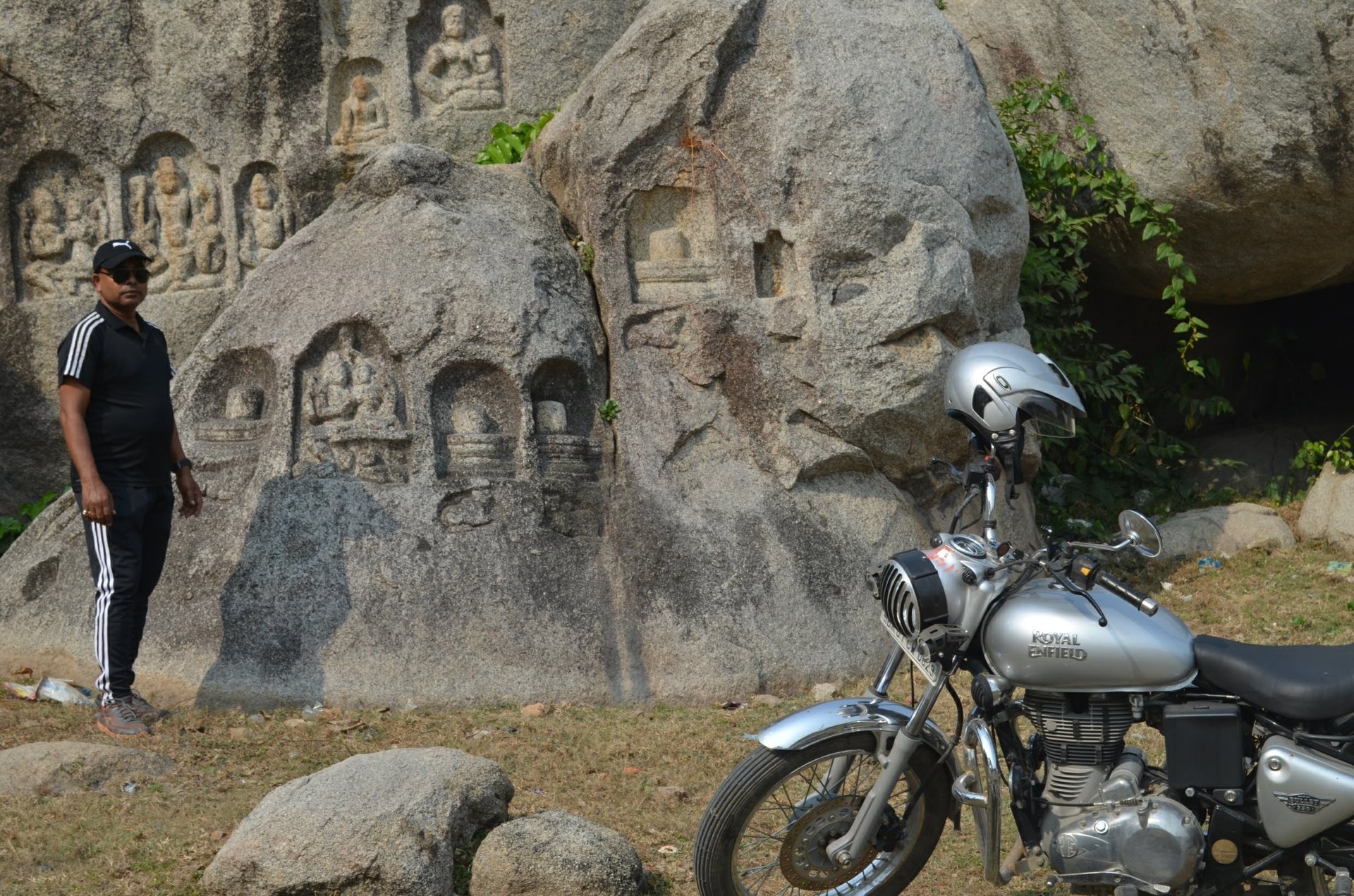
Kauwadol Monastery: Ancient Training Center in Bihar
Discover the rich history of Kawadol Monastery in Samaspur, Bihar, an ancient training center for young Buddhist monks known as 'śrāmaṇera' (shamner). Explore its significance and legacy in Buddhist culture.
LAND MARKSUSTAINABLE TOURISMADVENTURE TOURISMNATURE STAYDESTINATIONRESPONSIBLE TOURISMECO TOURISM
BACB HILL'S


Kauwadol Hills
Nestled near the Barabar Caves in Bihar, the Kauvadol Hills stand as a silent witness to an era of rich Buddhist culture and spiritual learning. This lesser-known historical gem, with its ancient ruins and fascinating legends, deserves to be rediscovered and preserved.
The Legend Behind the Name
The name "Kauvadol" translates to "crows swing", derived from a local legend about a perfectly balanced stone that would rock with the slightest touch—even that of a crow landing on it. Though the stone is no longer present, the name remains, echoing the mysteries of the past.
A Forgotten Buddhist Hub
Training Ground for Buddhist Monks
Dating back to the 4th century BCE, Kauvadol is believed to have been a training school for young Buddhist monks (shamner). The site once flourished as a center for spiritual learning, much like the famous Nalanda and Vikramshila Universities.
Ruins of an Ancient Vihara
Among the remnants of history, one can still find the ruins of an ancient vihara (monastery). Scattered evidence suggests that this vihara was a place of meditation, learning, and artistic creation.
Lost Sculptures and Artistic Marvels
Kauvadol Hills hold remnants of an artistic past, including sculptures of:
A colossal Buddha figure, which once stood as a magnificent symbol of peace and enlightenment.
Gauri Shankar and Mahishasur Mardini Durga, revealing influences from both Hindu and Buddhist traditions.
Other unfinished sculptures lying unnoticed in the fields, hinting at the grandeur that once was.
Travelers & Historians: Recording Kauvadol’s Legacy
Xuanzang’s Visit (7th Century CE)
The famous Chinese traveler Xuanzang visited Kauvadol in the 7th century CE, documenting its significance as a Buddhist center.
Buchanan’s Observations (1811–12)
The site first came into British historical records when Buchanan, an explorer for the East India Company, noted its ruins during his survey in 1811–12.
Further Documentation by Kittoe, Cunningham, and Beglar
Later, renowned historians Major Kittoe, Sir Alexander Cunningham, and Joseph Beglar visited the site, making observations about the remnants of the vihara and the scattered sculptures.
A Neglected Treasure in Need of Attention
Despite its historical importance, Kauvadol remains largely neglected. Many sculptures and ruins are either undocumented or left exposed to the elements. Some unfinished sculptures lie abandoned in nearby fields, waiting to be recognized and preserved.
How to Reach Kauvadol Hills
Kauvadol Hills are located near the Barabar Caves, about 30 km from Gaya, Bihar. Visitors can hire a cab or take a local bus from Gaya to explore this hidden treasure.
Why Visit Kauwadol Hills?
Walk through the ruins of an ancient Buddhist monastery.
Discover lost sculptures and artistic marvels.
Feel the spiritual aura of a place once bustling with monks and scholars.
Experience offbeat historical exploration beyond the usual tourist spots.
Final Thoughts
Kauvadol Hills is an underrated historical marvel, waiting to be explored by history enthusiasts and adventure seekers alike. With proper documentation and preservation, it could regain its place as a key site in Bihar’s Buddhist heritage. Visit Kauvadol, step into history, and participate in the movement to revive this lost treasure!
Camping In Bihar
Experience thrilling camping at Barabar Hill Caves.
Discover | Engage | Inspire
+91 7050330761
